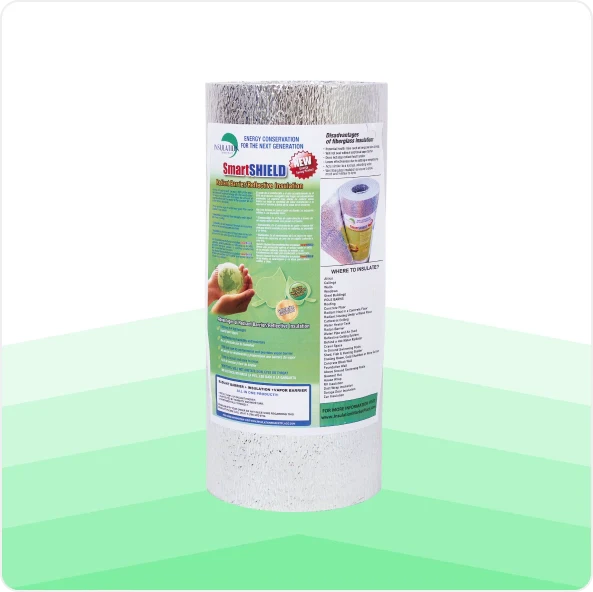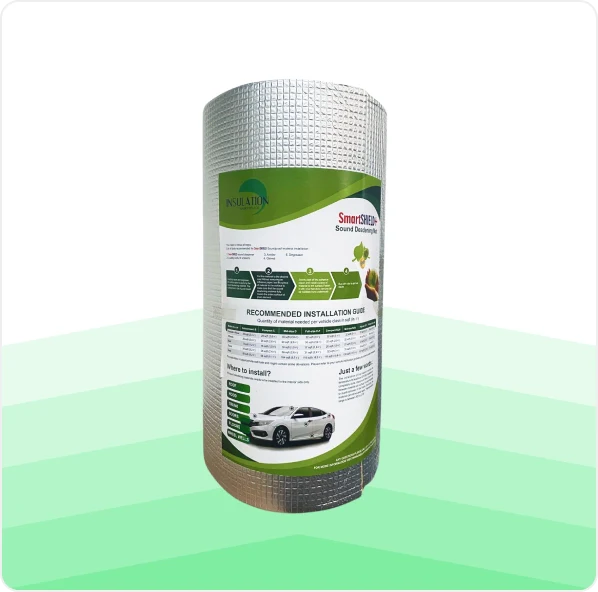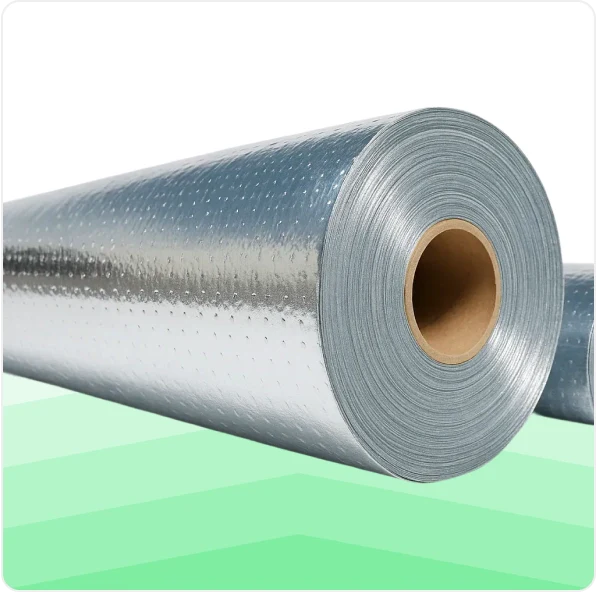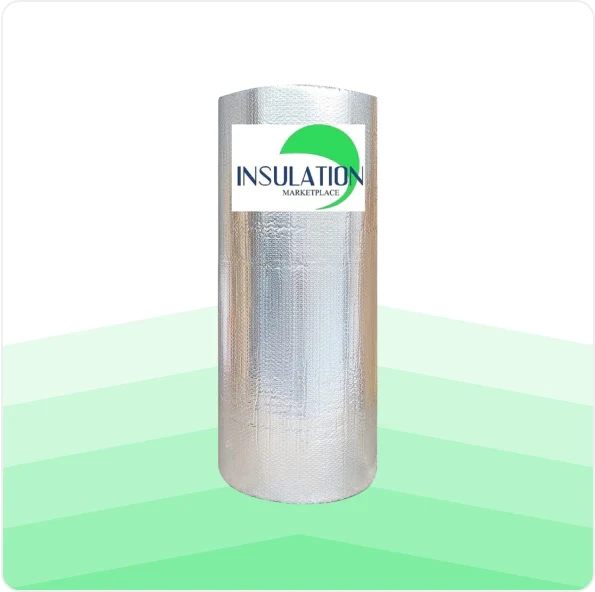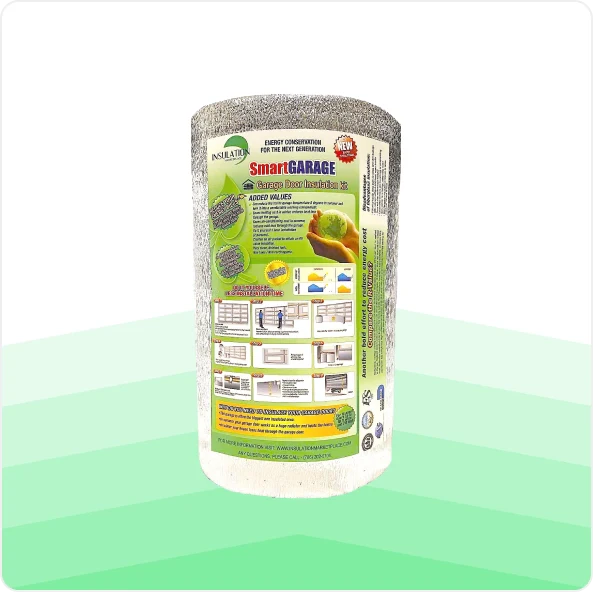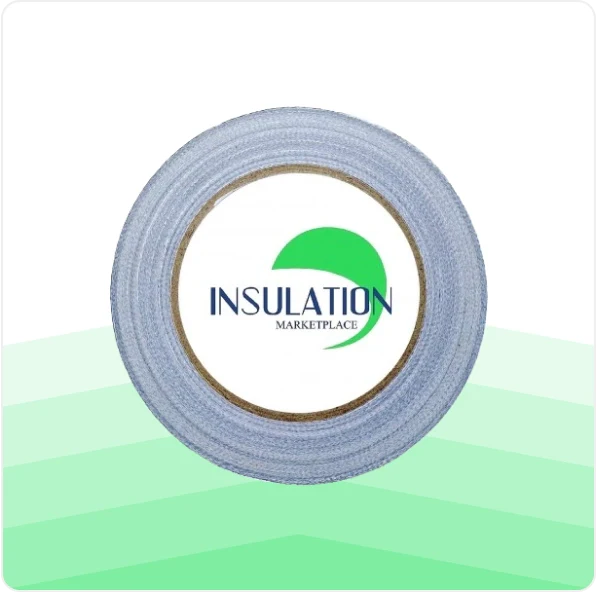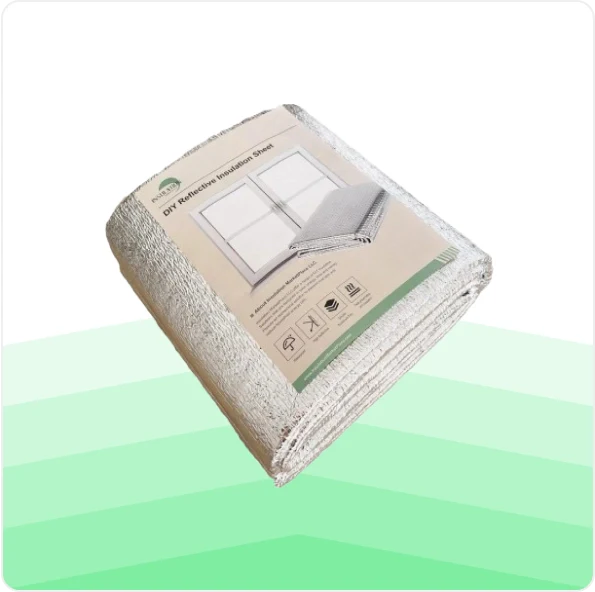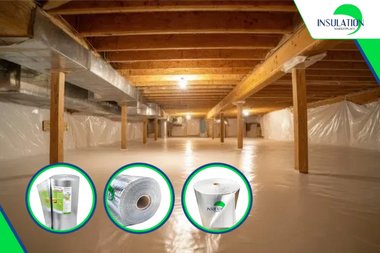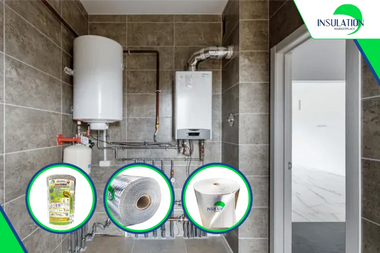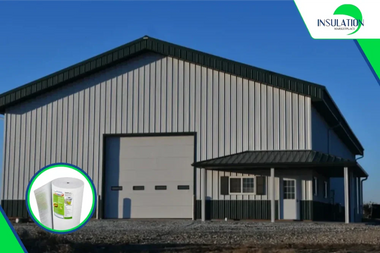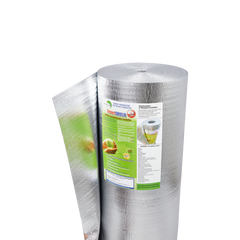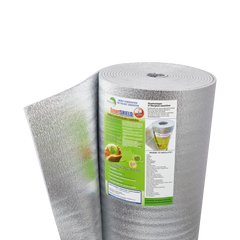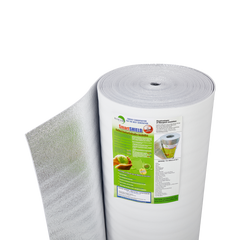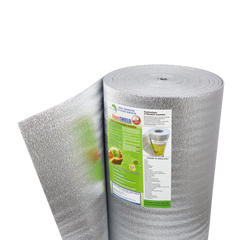Foil insulation has emerged as a highly effective solution for foil insulation in residential buildings and commercial establishments in the quest of energy efficiency and sustainable living. This innovative material offers substantial benefits by enhancing thermal performance, reducing energy consumption, and creating a more comfortable living environment.
Foil insulation, also known as reflective insulation, consists of a reflective foil layer—typically aluminium—combined with materials such as foam or bubble wrap. Its primary function is to reflect radiant heat, a major component of heat transfer, thus improving the building's overall thermal efficiency.
Heat transfer in buildings occurs through conduction, convection, and radiation. Traditional insulation materials like fiberglass primarily address conductive and convective heat transfer. It keeps buildings cool in summer and warm in winter by reflecting radiant heat, thereby reducing the need for excessive heating and cooling—an effective method for how to cool attic spaces and achieve environmentally friendly house insulation.
By reflecting radiant heat, foil insulation reduces the demand on heating and cooling systems. This leads to substantial energy savings and lower utility bills, making it a cost-effective investment for homeowners.
Foil insulation is often made from recycled materials and contributes to reducing the home’s carbon footprint. Its energy-saving properties further promote sustainability by lowering overall energy consumption.
Foil insulation stands out as a smart, efficient, and eco-friendly choice for homeowners looking to enhance energy efficiency. Its ability to reflect radiant heat, coupled with its other benefits, makes it an excellent option for improving a home's thermal performance. By integrating foil insulation, homeowners and business establishments can achieve significant energy savings, increased comfort, and a reduced environmental impact, paving the way for a more sustainable future.

